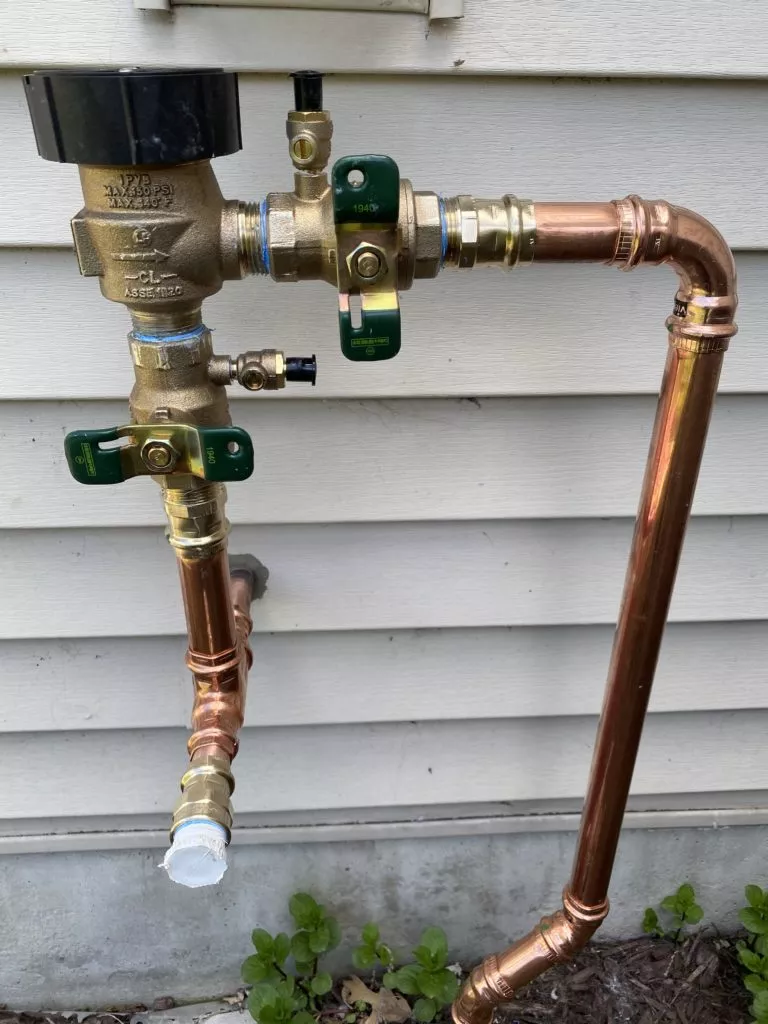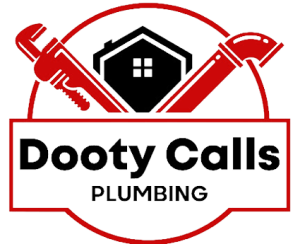
Backflow/RPZ Testing
Ensuring Safe Water Flow with Yearly Testing in Minnesota
Backflow occurs when water flows in the opposite direction, potentially allowing contaminants to enter the water supply, making it unsafe for consumption. This can happen due to various reasons, such as a rupture in the piping system causing a change in water direction.
Types of Backflow:
Backflow vs. Back-Pressure: Back-pressure happens when the pressure in the system is higher than in the supply, potentially causing contaminants to flow back. Back-siphonage, on the other hand, occurs when the supply pressure is lower than the system pressure, also leading to potential contamination.
Preventing Contamination: It’s crucial to distinguish between backflow, back-pressure, and back-siphonage to implement the right preventive measures. Backflow prevention devices are often employed to protect the potable water supply by ensuring that water only flows in the intended direction, preventing the risk of contamination.
Understanding and addressing these issues are vital for maintaining the safety and quality of the water supply in residential, commercial, and industrial settings.

Mandatory Yearly Testing
1. Regulatory Compliance: Comply with local regulations. 2. Scheduled Testing: Regular intervals for device inspection. 3. Certified Professionals: Trained technicians conduct tests.

Benefits of Regular Testing
1. Record Keeping: Maintain accurate test records. 2. Risk Mitigation: Identify and address potential hazards. 2. Water Safety: Safeguard drinking water quality.
Backflow/RPZ Testing Project Highlights
What Our Clients Have to Say










